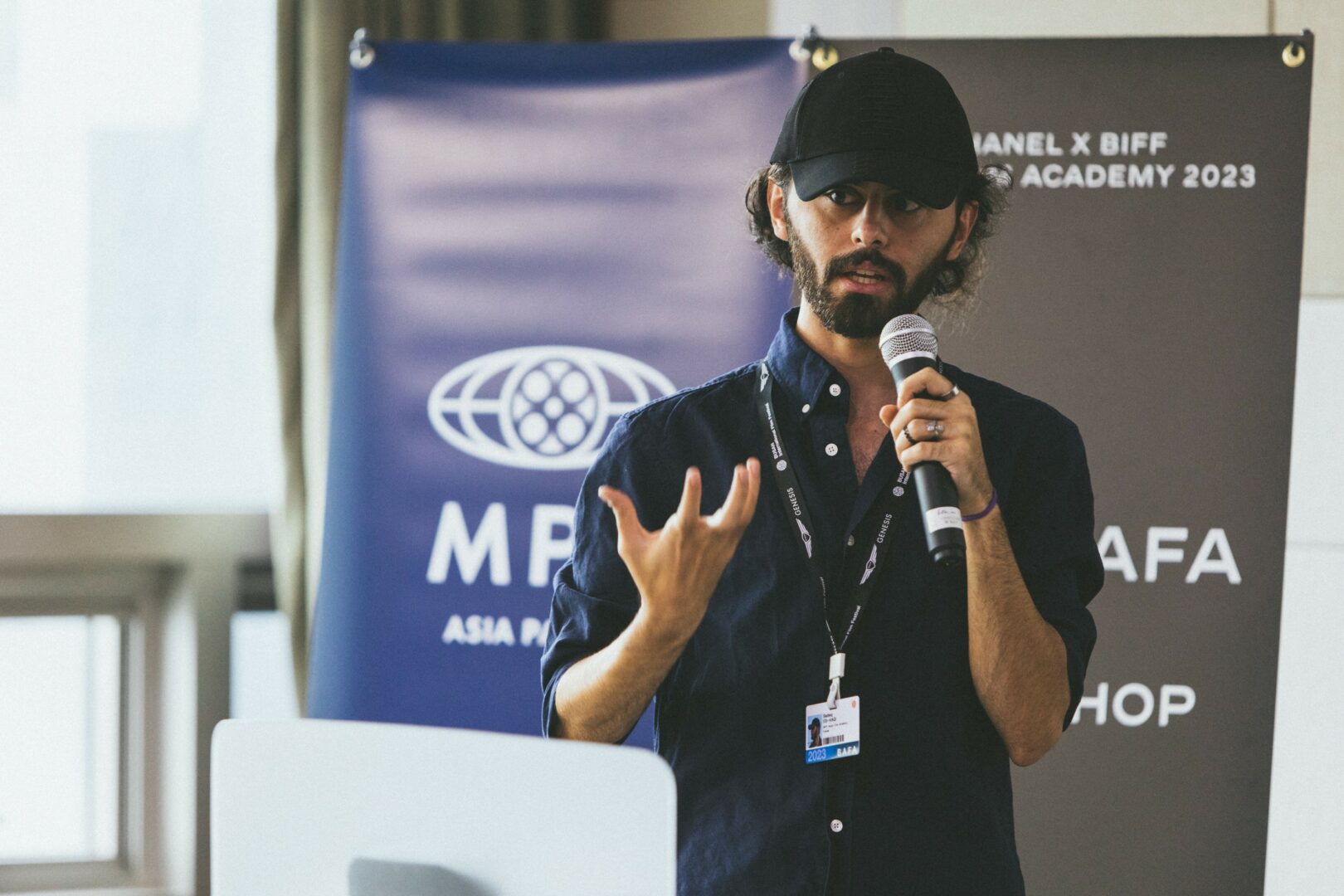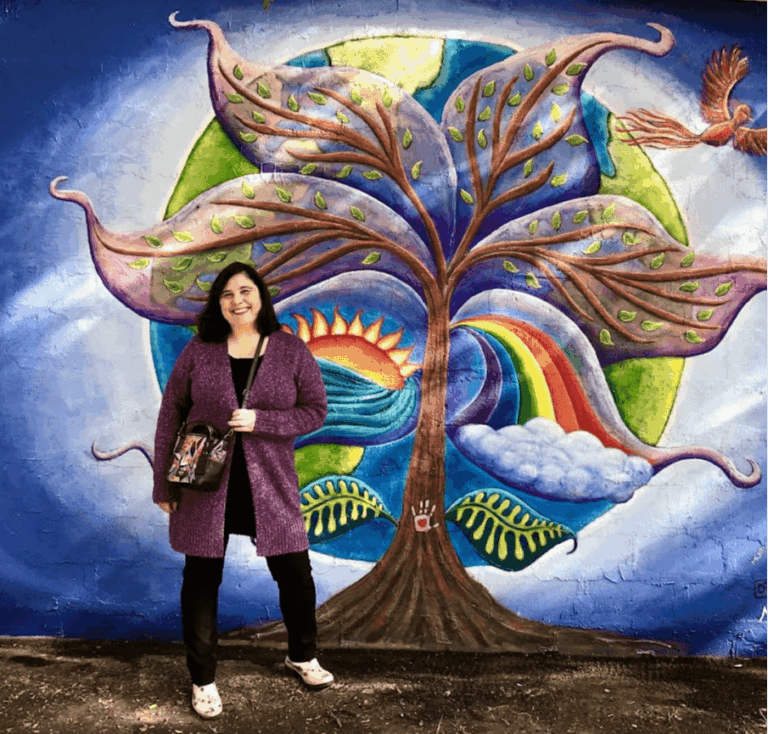Alright – so today we’ve got the honor of introducing you to Yiwei Drew Ma. We think you’ll enjoy our conversation, we’ve shared it below.
Yiwei Drew, appreciate you making time for us and sharing your wisdom with the community. So many of us go through similar pain points throughout our journeys and so hearing about how others overcame obstacles can be helpful. One of those struggles is keeping creativity alive despite all the stresses, challenges and problems we might be dealing with. How do you keep your creativity alive?
As a cinematographer, I continually keep my creativity alive by watching more exceptional films and learning from them. When watching movies, I not only look for their scripts but also delve into the structure of the story and character development. For example, I carefully analyze the turning points, character motivations, and arcs within the film. Then, I study how the director and cinematographer use camera angles, lighting, color, and composition to convey emotions and themes. For instance, in the first scene from “The Godfather,” I examine how Gordon Willis uses shadows and camera movement to enhance the Don’s characteristic and the atmosphere of the story.
Additionally, I collect works from many renowned photographers, such as William Eggleston and Joel Meyerowitz. I have a particular fondness for street photography because, through these photographers’ lenses, I can capture traces of life and the emotions of people. Similarly, I regularly visit galleries and museums to appreciate Renaissance oil paintings, such as the works of Caravaggio, studying how the masters use the balance of light and color to create dramatic effects and emotional depth.
These explorations and studies are essential methods for me to maintain my creative inspiration, allowing me to continually innovate and grow in my work.

Thanks, so before we move on maybe you can share a bit more about yourself?
I am a cinematographer currently studying at Dodge College of Film and Media Arts. Before deciding to pursue cinematography as my career, I was a fine artist focused on oil painting, printmaking, and photography. Through these art forms, I learned how to tell stories using light and composition, skills that have proven invaluable in my transition to cinematography.
When it came to choosing a career path, I felt lost and uncertain about how to combine my passion for art with a professional career. That all changed when I watched Spike Lee’s 1989 film “Do the Right Thing.” This film profoundly moved me, with each shot and the meticulous handling of color and camera movement showcasing the immense power and beauty of cinematography. It was then that I decided to pursue a career in the film industry as a cinematographer.
As I explored specific departments, I discovered many connections between fine art and cinematography. Oil painting taught me about color theory and the subtle variations in hues, which I now use in film to create specific atmospheres and emotions through lighting and color schemes. Printmaking instilled in me a keen eye for detail and line work, which is crucial in designing shot compositions and framing. My experience with photography gave me a deep understanding of light and shadow, enabling me to control lighting precisely to achieve the desired visual effects.
For example, in oil painting, I learned to use warm and cool tones to convey emotion and mood, a technique I now apply in cinematography through different lighting setups and filters to influence the audience’s emotional response. The attention to shadows and highlights in printmaking helps me utilize contrast and depth in film, enhancing the visual richness of each scene. Photography trained me to capture the decisive moment, allowing me to swiftly adjust and optimize camera settings during shoots to capture the most expressive and impactful shots.
These interdisciplinary experiences have made me more adept in my journey as a cinematographer, allowing me to tell compelling stories through a unique visual language. I firmly believe that my background in fine arts provides me with a distinct perspective and creativity in cinematography, enabling me to capture and convey the essence of stories in a profound and engaging way.

If you had to pick three qualities that are most important to develop, which three would you say matter most?
In my career as a cinematographer, I’ve found humility, diligence, and a thirst for knowledge to be the most crucial qualities. Humility enables me to collaborate effectively with teams and learn from others’ experiences; diligence means I persistently strive for excellence, never giving up in the face of challenges; and a thirst for knowledge ensures I stay abreast of new technologies and techniques, maintaining my competitive edge.
For newcomers, I suggest seeking mentors or mentorship groups, engaging in diverse learning experiences, and embracing feedback. Remaining humble, respecting collaborative efforts, and actively seeking growth and improvement are key to succeeding in the cinematography industry.

Before we go, any advice you can share with people who are feeling overwhelmed?
When I feel overwhelmed, I tend to engage in physical activities outdoors to relax and relieve stress. The beauty of nature and the fresh air help me forget my worries and rejuvenate my energy. As a cinematographer, I often seek inspiration in the outdoors, making outdoor activities particularly effective for me.
Additionally, I also seek communication with friends. Sharing my feelings with friends not only provides emotional support but also exposes me to their unique perspectives and advice. Collaboration is crucial in filmmaking, with each person making their own unique contributions. Conversing with friends not only alleviates my stress but also brings new perspectives, helping me better solve problems.
Contact Info:
- Website: https://www.yiweidrewma.com/
- Instagram: https://www.instagram.com/drewmaa/
- Linkedin: https://www.linkedin.com/in/yiwei-drew-ma-24b978220/
- Other: imdb: https://www.imdb.com/name/nm13773736/


so if you or someone you know deserves recognition please let us know here.




